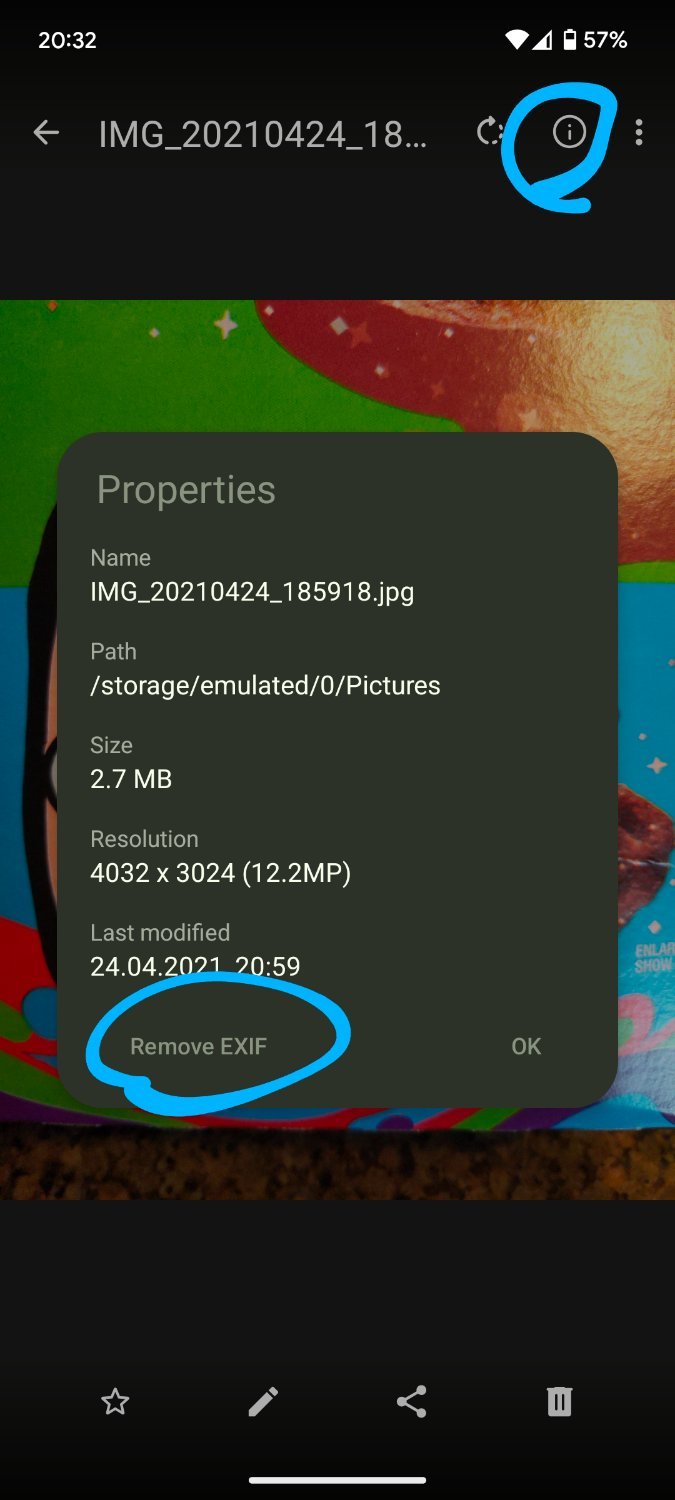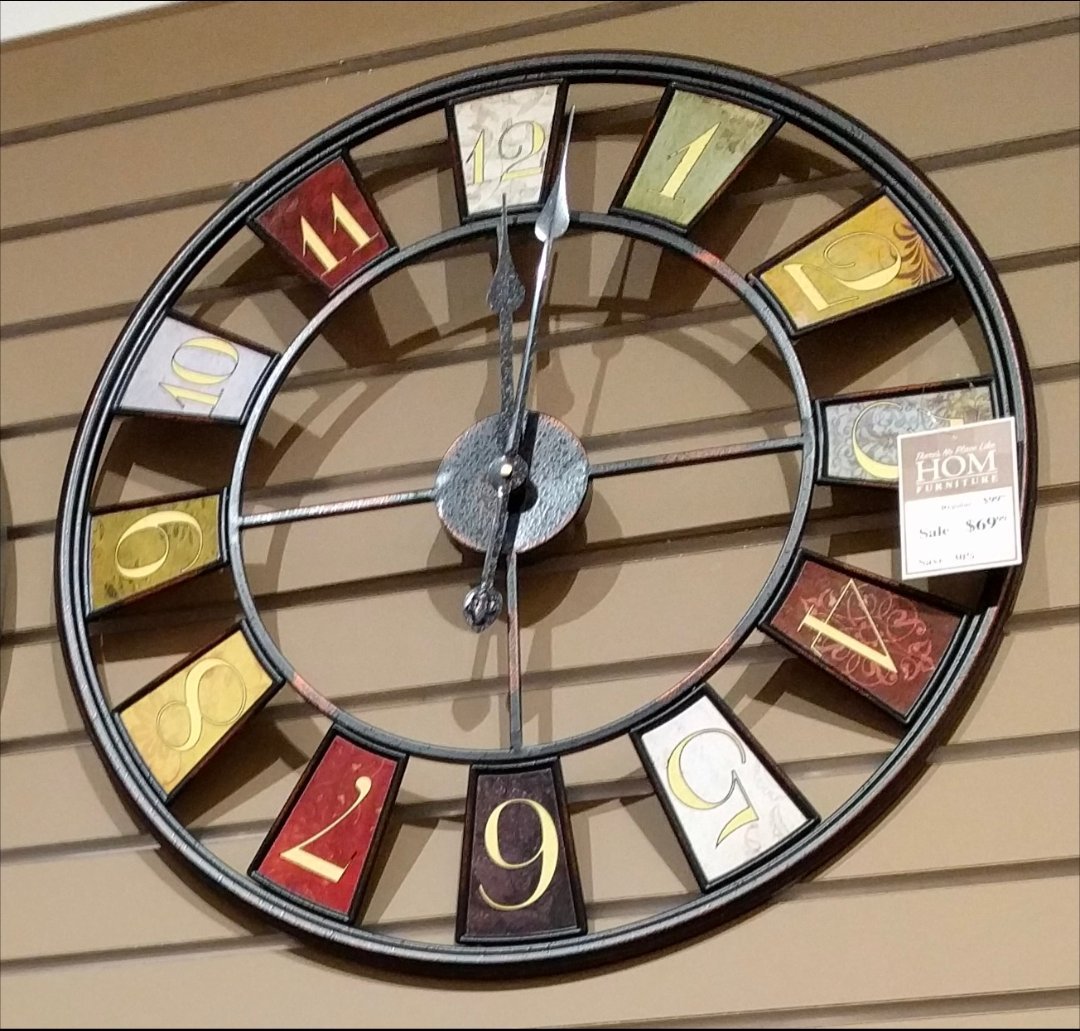





Hah, you made me think of manicotti, which I loved as a kid (cheese tubes!) but can’t even stomach the idea of now.


But they’ll call it freedom of speech. Speech someone/corp paid for of course, but Citizens United…


A decent laser etched steel carpenter’s square should run you $10-15 and give you 2 dimensions!


You’re welcome! It’s a fun project and journey. Feel free to message if you have questions.


I replied to a different comment with the list!


The list is going to be mostly USA specific (I’ll come back with links), but many of the fittings are from Kegland (Australia), so we get a blend of “freedom” units and metric
We’ll start with level 1:
Tools: Depending on what exactly your goals are, you’ll need
I’ll be specifying push-in fittings because they’re so much nicer to use.
Kegerator: obviously not a hard requirement. You can build a “keezer” out of a chest freezer, or bore a hole in your fridge for the faucet, or even use a picnic tap on a keg in the fridge (but you’ll also have to get your gas line in the fridge which means also putting the tank in there, or boring a hole for the line anyway)
CO2 tank: These come in 5, 10, and 20lb sizes commonly available at welding shops, and are almost universally swapped out instead of refilled (so don’t get attached). Check your prices for a new tank on the internet before you go to the welding shop to buy one. They will likely overcharge you for the first tank (by a hundred dollars), but they’ll like it if you bring them a shiny new one and might give you a discount. My 10lb tank lasts us about 6 months and I have a backup 5lb tank.
CO2 regulator: If you’re planning on beer taps too, go for a dual regulator right away and save yourself the hassle (serving beer is low pressure vs high pressure for water). Try to find one with a threaded output (“flare”) instead of a barbed output (or bonus points for having a push-in fitting already).
Keg: I use 2.5 or 5 gallon ball-lock cornelius (corny/soda) kegs
Gas and beer/water tubing: I use evabarrier only. All the fittings will be 8mm push-in (typically “duotight”) so get a length of 8mm x 4mm for liquid, and 8mm x 5mm for gas. These are the conventions for beer, and I just followed them for water.
Fittings:
Level 2: This assumes you have completed level 1 Additional tools: none!
I’m going to assume you have a standard angle stop (like your toilet) for your water line. And I’m going to assume your plumber was nice enough to attach a 3/8" (9.5mm) push-in fitting.
Tubing:
Fittings:


You can skip the soda stream and use a cheap carbonator cap on standard plastic bottles and a ball lock connector on your gas line if you’re willing to shake the bottle manually.
I’ve taken this setup a couple levels up over the last 5 years.
First level: kegerator and switch out the bottle for a keg, bonus points for using a diffusion stone in the keg to speed the absorption of CO2.
Second level: plumb the water line and use a continuous carbonator lid on the keg. Your gas pressure will need to be 10-15 psi (.7-1 bar) lower than the water pressure. Even a small 2.5gal (9.5L) keg makes for nearly infinite cold fizzy water at reasonable consumption rates.
Happy to make a parts list if anyone is interested.



Backstory: my mom wanted a very specific clock from a furniture store.
She passed from esophageal cancer 6 weeks later and 6 years ago next week.